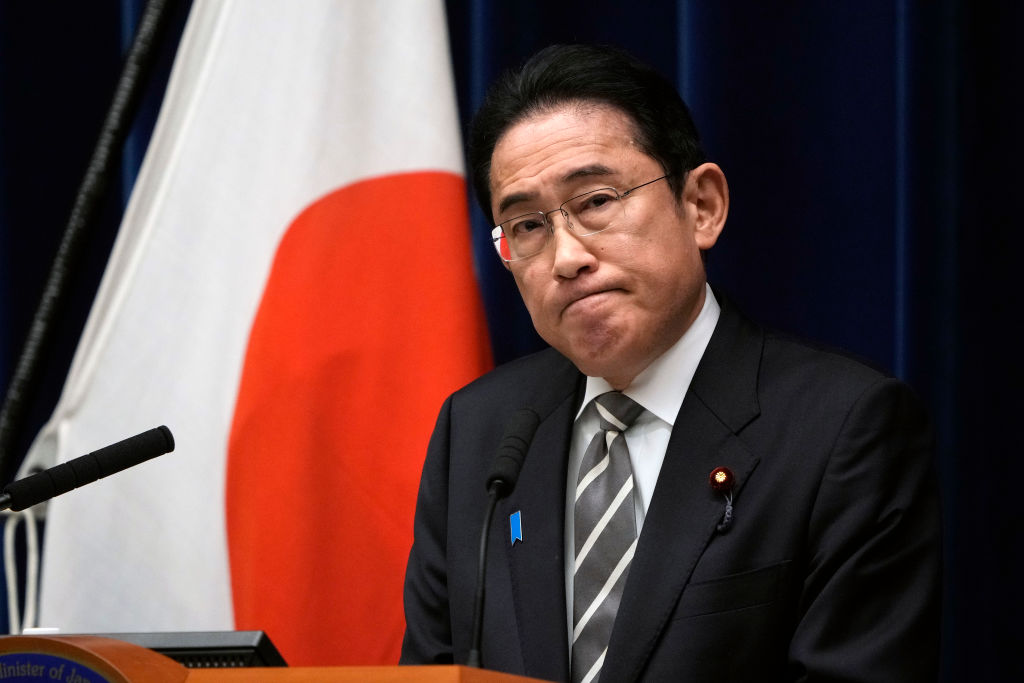Japan’s ruling Liberal Democratic Party will elect its new president on Friday to replace outgoing Prime Minister Fumio Kishida and lead a party that has governed the country for most of the past seven decades.
HOW DOES THE VOTE WORK?
Two weeks of debates and campaign events across Japan culminate in a gathering on Friday of the nine candidates and other LDP lawmakers at party headquarters in Tokyo for the vote to decide the new leader.
Since the party has a majority in parliament, the winner will become the next prime minister.
LDP lawmakers will cast 368 votes in the first round, with an equal number distributed among rank-and-file members gathered on Thursday.
In the 2021 leadership election, the party had 1.13 million registered members, its website showed.
A candidate securing a simple majority in that poll becomes party leader. If no one secures a majority, a run-off poll follows, between the two candidates with the most votes.
In the second round, each lawmaker again gets one vote, but the share of the rank-and-file drops to 47 votes, one for each of Japan’s prefectures.
In the unlikely event of a tie, the winner will be decided by lot. That has never happened in a leadership contest, but was used in 2010 to decide who would chair the LDP’s upper house caucus.
AFTER THE PARTY VOTE
Kishida and his ministers will resign, probably on Monday, and parliament will gather to name the new party leader as his successor, who will then announce a new cabinet and appoint key LDP officials.
The new prime minister may also call a snap general election to seek a national mandate, with at least one leading candidate, Shinjiro Koizumi, having promised to do so. Such elections could come as early as October 27, media have said.




















